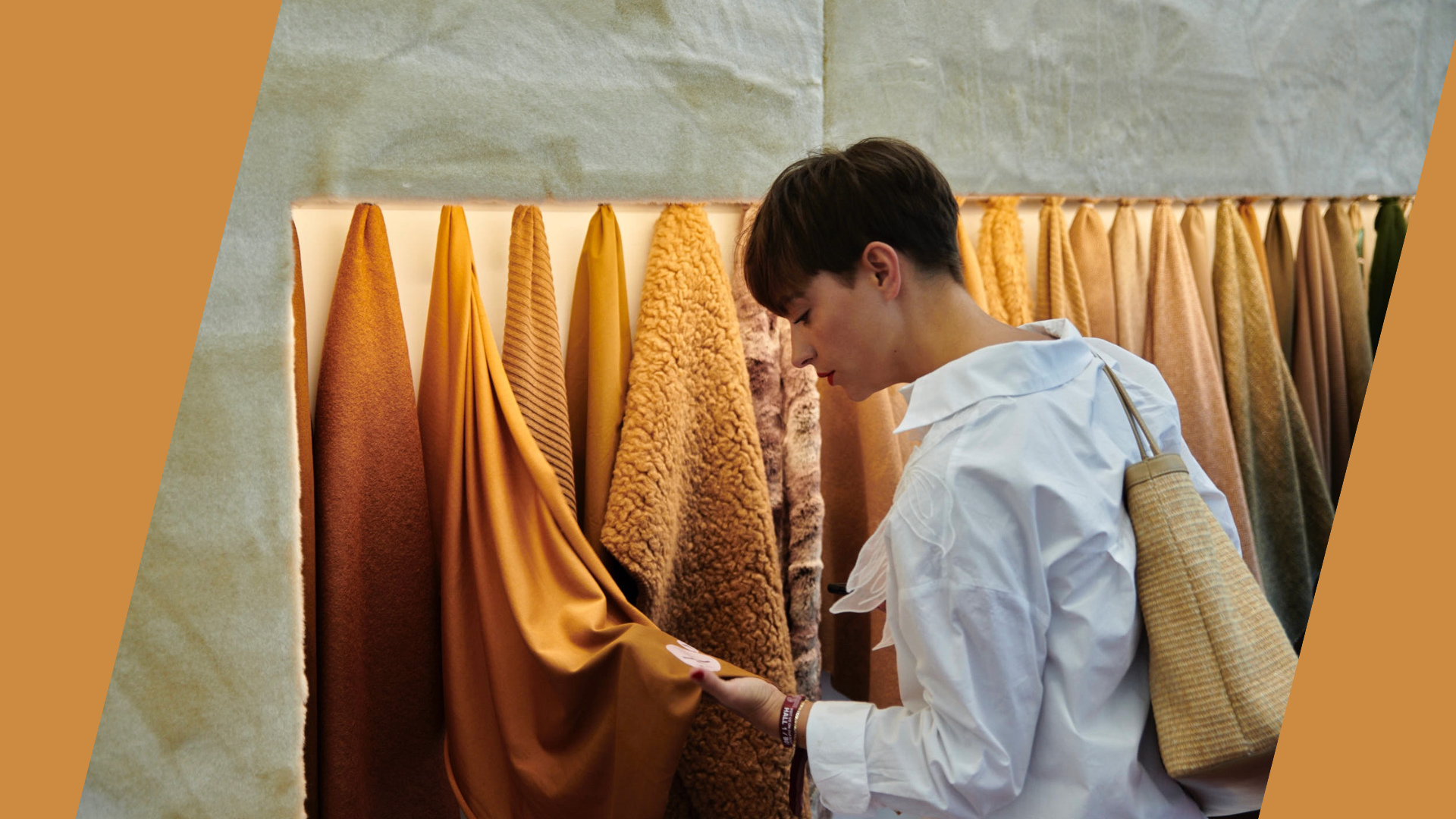As one of the leading European textile trade shows, twice a year MUNICH FABRIC START presents a qualitative portfolio of international fabrics and accessories manufacturers showcasing their newest developments and innovations in Munich. On 21 and 22 January 2025, up to 1,100 international suppliers will showcase their new collections as a comprehensive range of textiles, accessories, finishings and sourcing solutions for the Spring/Summer 2026 season in Munich.
Spanning an area of five halls divided into eight areas, the fabric trade show MUNICH FABRIC START (including the show-in-show concepts THE SOURCE, BLUEZONE and KEYHOUSE) will feature some 650 international suppliers for the fashion and apparel industry from suppliers worldwide, all within a highly professional working atmosphere. This wide offer of specialist information and inspiration makes MUNICH FABRIC START an international business platform in a unique trade show format which attracts up to 15,000 international visitors to Munich.
A Season of Growth
2025 is here and with it comes new opportunities for the fashion industry to cultivate success.
This may not seem easy given that the terrain has recently been tough for fashion with geopolitical upheavals, continued supply chain distortions, a downturn in the retail and luxury markets, extreme weather events, and the approaching deadlines for compliance with sustainability legislation.
But each difficult year has been building to this point, and now is the time for the fashion industry to walk on the paths that will lead to growth. Munich Fabric Start (MFS) has been there for its community at each step of this journey, providing them with clarity, equipping them with confidence, and as always, providing innovation, inspiration, and a focus on sustainability.
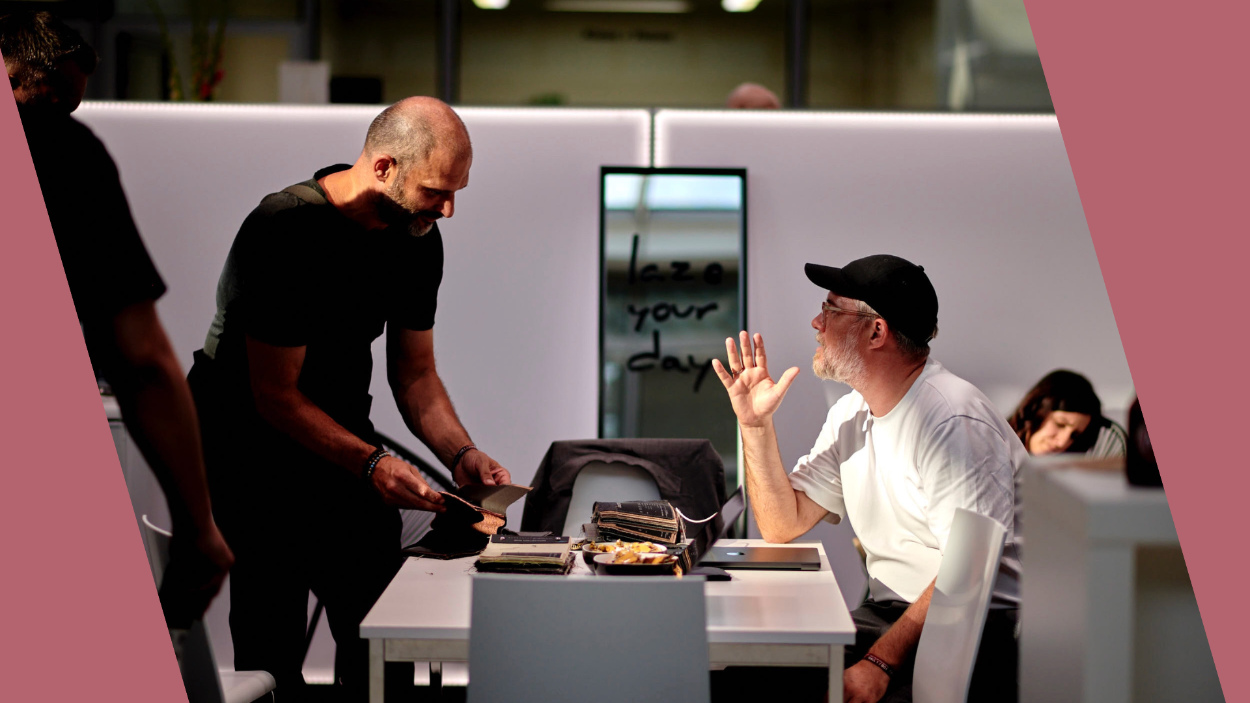
This season, MFS is putting forward the idea of “FLORECSENCE”. Florescence describes the process of blossoming, which can denote the development of new ideas, the unfurling of creativity, or even the burgeoning of one’s personality.
Importantly, this kind of growth requires courage: to embrace new experiences and to be an active factor in positive change.
Fashion professionals in 2025 are part of a complex reality, constantly repositioning between uncertainty and new beginnings and adopting new perspectives. However, traditions and cultural references provide a stable base for solving problems constructively and initiating change. All that is needed is the courage to act.
MFS’s five new trend topics for this season speak to this courage – and its foundation – that will enable fashion to break new ground this year, while appreciating timeless beauty. The topics are: “Betterverse”, Inventing Paradise, Unorthodox, Fragile, and Lasting. The first two, Betterverse and Inventing Paradise, are about how artificial intelligence (AI) can influence and enhance our relationship with our body, nature, and fashion. At the same time, the theme of Unorthodox questions the implications of today’s information overload, and consumer behaviour. Fragile focuses on the contrasts of fragility and strength. And Lasting builds on classic elements that wisely mix modernity and tradition.
Forecasting Fashion’s Year Ahead
The fashion industry is difficult to predict at the best of times. In 2025 it is particularly so, given the presence of continuously evolving disruptive technologies that have really impacted the core of the fashion industry in the past few years. But there are a few themes that are highly likely to be a big part of fashion’s year going forward: sustainability, AI, and 3D and digital product creation (DPC). These topics are likely to evolve in 2025 in ways we don’t yet know, but brands and retailers, technology innovators, sourcing teams, suppliers, manufacturers, logistics providers, and entrepreneurs should step into the year without trepidation. There is ample information and tools available to make the best of any challenges ahead.

Sustainability in 2025: future-proof materials and production processes
In 2024, some of the most acute challenges around sustainability came to light, any of which were explored in The Interline’s 2024 Sustainability Report, that was supported by MFS. Some of these include fragmentation and complexity across the supply chain, the barriers alternate materials face when trying to scale, and consumer reluctance to pay for sustainable products.
In the upcoming year, some of the ways that the fashion industry can work towards sustainability is through recycling, circularity, technical textiles, and efficient environmentally-friendly solutions processes and material resources.
Taking a closer look at alternative, sustainable materials, to date, several companies have demonstrated their technologies and have proven their value. But few have succeeded in reaching scale and succeeded in substantially reducing fashion’s use of high-emissions materials.
For brands, achieving success will require a focused approach with larger, more deliberate investments in material innovation. Clear commitments to commercialise can prevent promising solutions from stalling, enabling brands to seize first-mover advantages. Brands also need to build internal expertise in the technical and economic aspects of adopting new materials to ensure smooth integration into their operations.
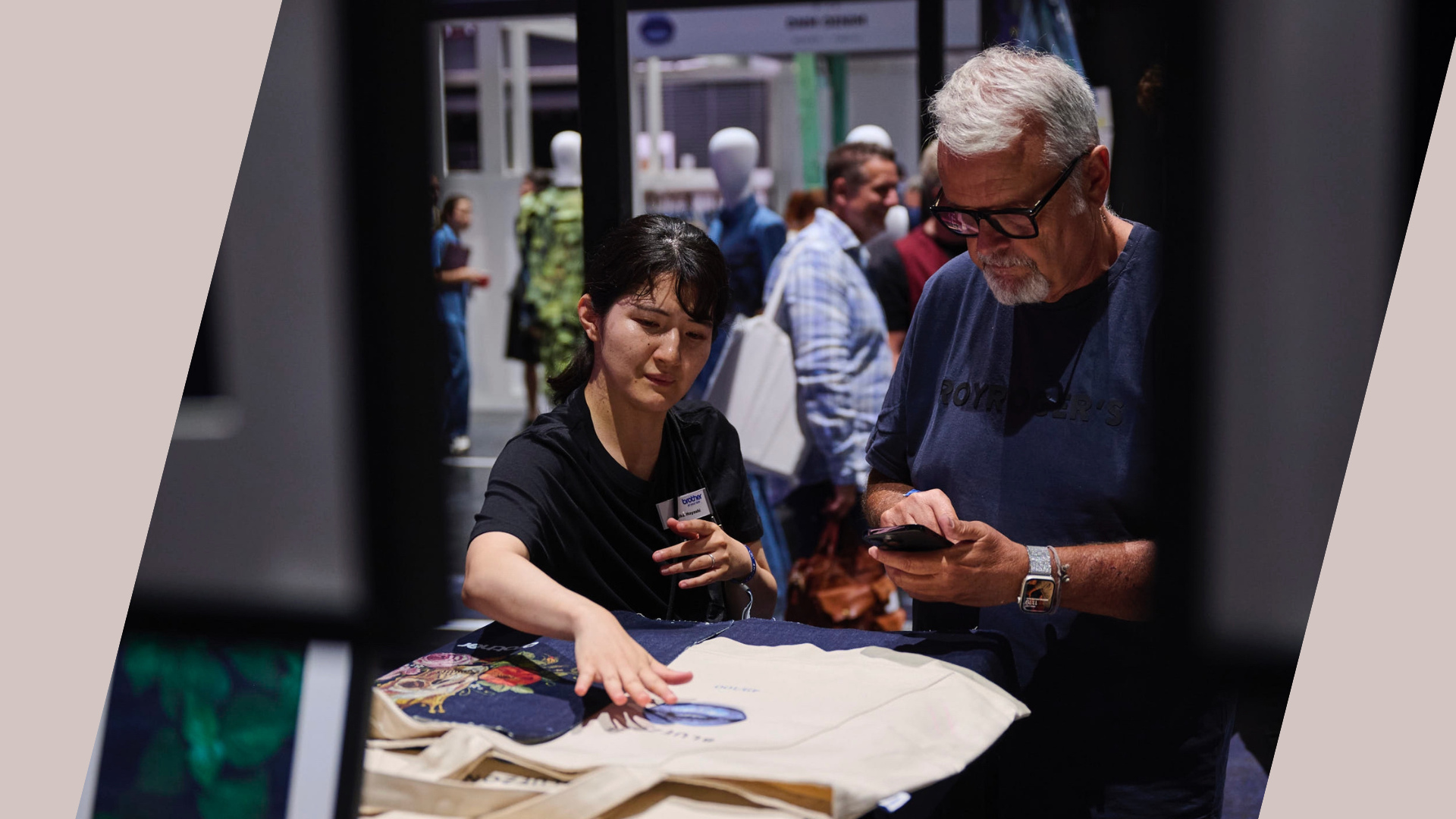
Traceability is another critical factor. Companies must collaborate with traceability and impact measurement providers to ensure transparency and collect detailed data for setting and acting on carbon reduction targets. This starts with mapping the value chain to enhance data visibility and quality. It’s a process that means investment in time, technology, and expertise but will have substantial benefits – especially for compliance with sustainability legislation.
At an industry level, collective action is imperative. Sharing best practices for decarbonising supply chains and creating financing models that reduce risks can result in meaningful progress. Aligning incentives through commercial contracts and partnerships between brands, suppliers, and manufacturers will ensure accountability and accelerate the transition to sustainable practices.
Technologies of tomorrow
In 2025, the two major technology movements that we will continue to see grow are AI and 3D/DPC.
AI Acceleration
Starting with AI, there is likely to be increased usage in three ways: for day-to-day tasks, for creativity, and for consumer-facing purposes. Internally, fashion businesses are likely to use AI for administrative efficiency like scheduling meetings, managing emails, and organising documents; for data analysis and insights; and for customer relationship management (CRM) to provide a view into customer interactions, predict needs, and personalise communication strategies.
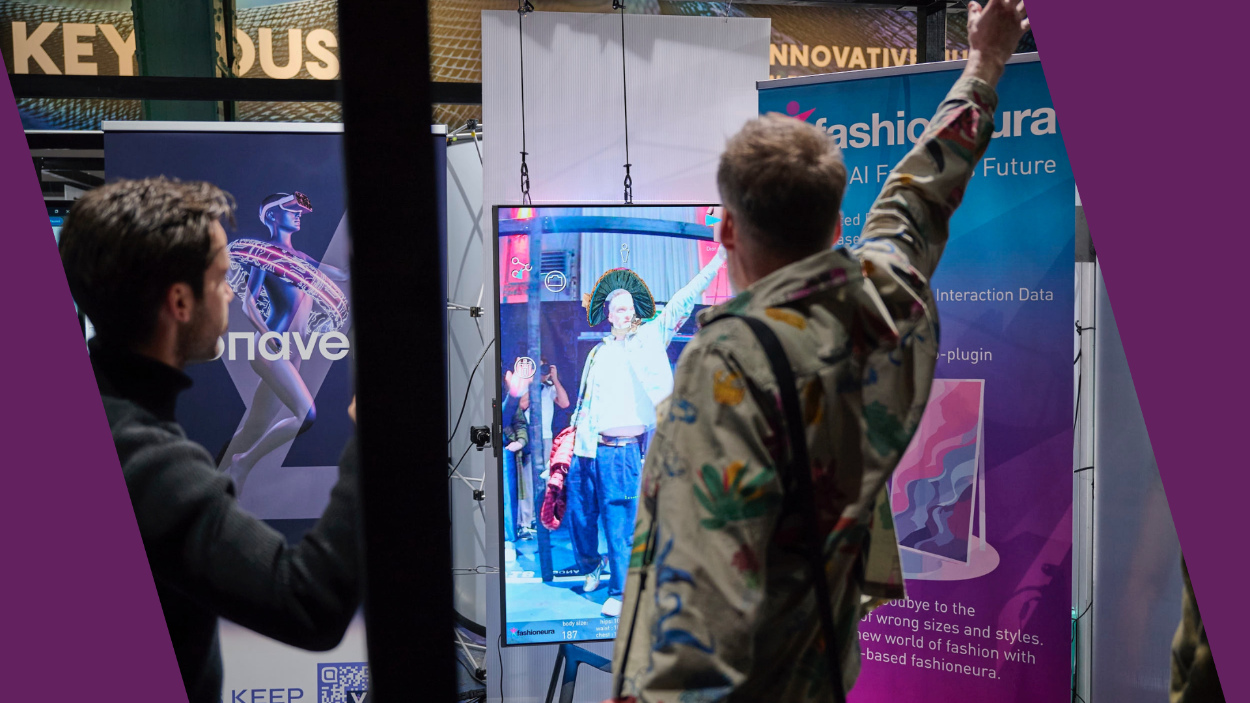
In terms of creativity, generative AI tools are going to be used by designers, marketing teams, writers and editors, product development teams, merchandisers and buyers, trend analysts and forecasters, and supply chain and operations teams. The big tech players like OpenAI keep refining their products and adding to their offering – OpenAI recently released text-to-video generator Sora – and Google has its own suite of tools. There are also many smaller technology vendors working on generative AI tools that produce varying results. This is all in the wider context of all industries grappling with big, unanswered, questions around jobs, copyright, creativity, and ethics.
Lastly, on the consumer-facing side there will be much use of AI agents as the year goes on. These will grow more sophisticated and be able to manage complex workflows for customers and for internal business processes.
DPC to optimise design and development
When it comes to 3D and DPC, the tools that make up its ecosystem came a long way in terms of development in 2024 alone, and with that meant a lot more buy-in from fashion companies both upstream and downstream.
To reiterate a crucial point when it comes to these tools: the movement towards using 3D/DPC doesn’t mean the end of traditional processes, but rather envisions a future where digital and physical methods harmoniously integrate into a hybrid model, delivering benefits to the industry at every stage of production.
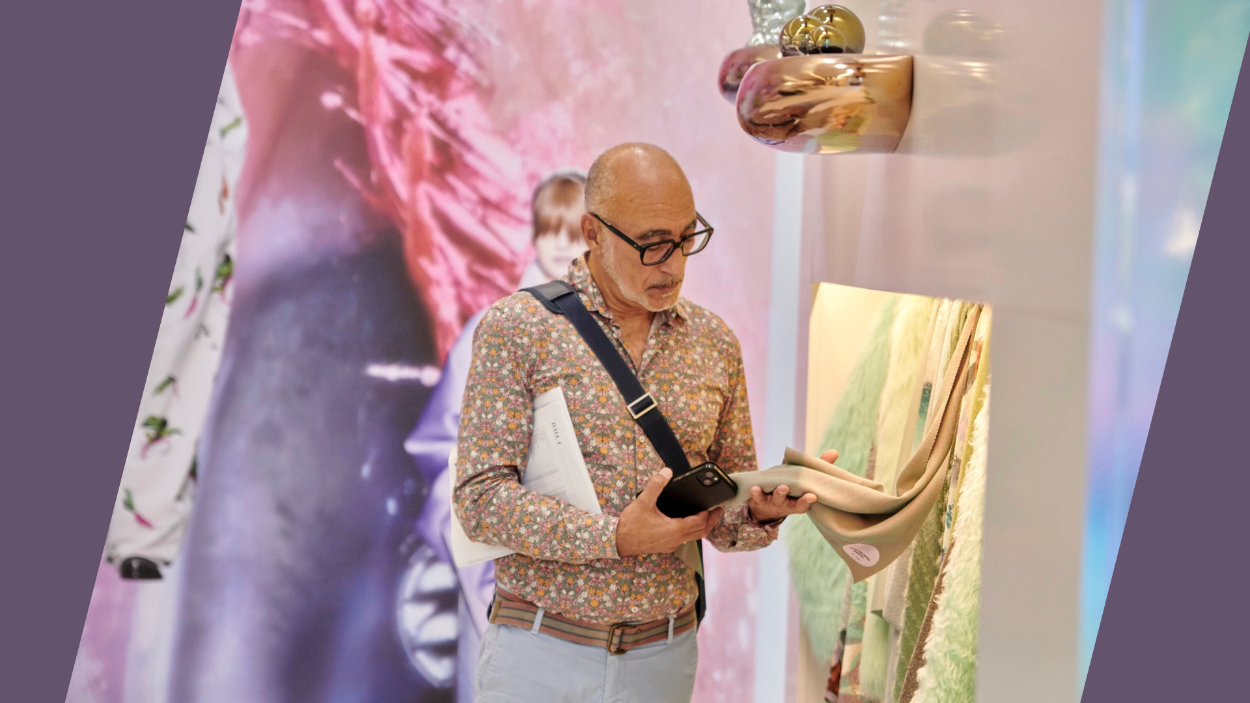
This year, alongside AI and sustainability, fashion businesses will likely be investing in DPC to optimise how they design, commercialise, and bring products to market. Using DPC will allow designers to quickly explore and visualise new designs, cutting down the time needed for prototyping compared to conventional physical sampling methods. This has also has the benefit of minimising waste and lowering resource consumption related to manufacturing, shipping, and storing garment samples.
2025 will also be the year that fashion businesses should start making the best of their DPC systems in place. This entails using the same 3D assets through the bulk of the product development lifecycle, with the upshot being better line planning, the ability to do product testing before making final decisions on those line plans, and achieving shorter lead times to ensure products better match what consumers want to buy. There are also possibilities of doing digital photography for sales pitches and marketing efforts, and virtual try-on for improved customer experience.
Highlights Of The January Programme At MFS
This season has many new and exciting highlights, as well as some of the well-known and trusted features of previous years. To the later point, guests can discover the eight areas of FABRICS, ADDITIONALS, BLUEZONE, DESIGN STUDIOS, ReSOURCE, THE SOURCE, KEYHOUSE, and SUSTAINABLE INNOVATIONS.
As for newness, launching in January at the MFS is MANIFATTURA Italia: a platform that directly connects fashion brands with renowned Italian garment manufacturers. This platform covers a wide range of segments, including coats, blazers, pants, shirts, and knitwear for both men and women. Each manufacturer offers unparalleled expertise and craftsmanship for a diverse range of styles, qualities, and price points. By manufacturing Italian fabrics locally, MANIFATTURA Italia aims to enhance the beauty and quality of garments while reducing environmental impact and expediting delivery times.
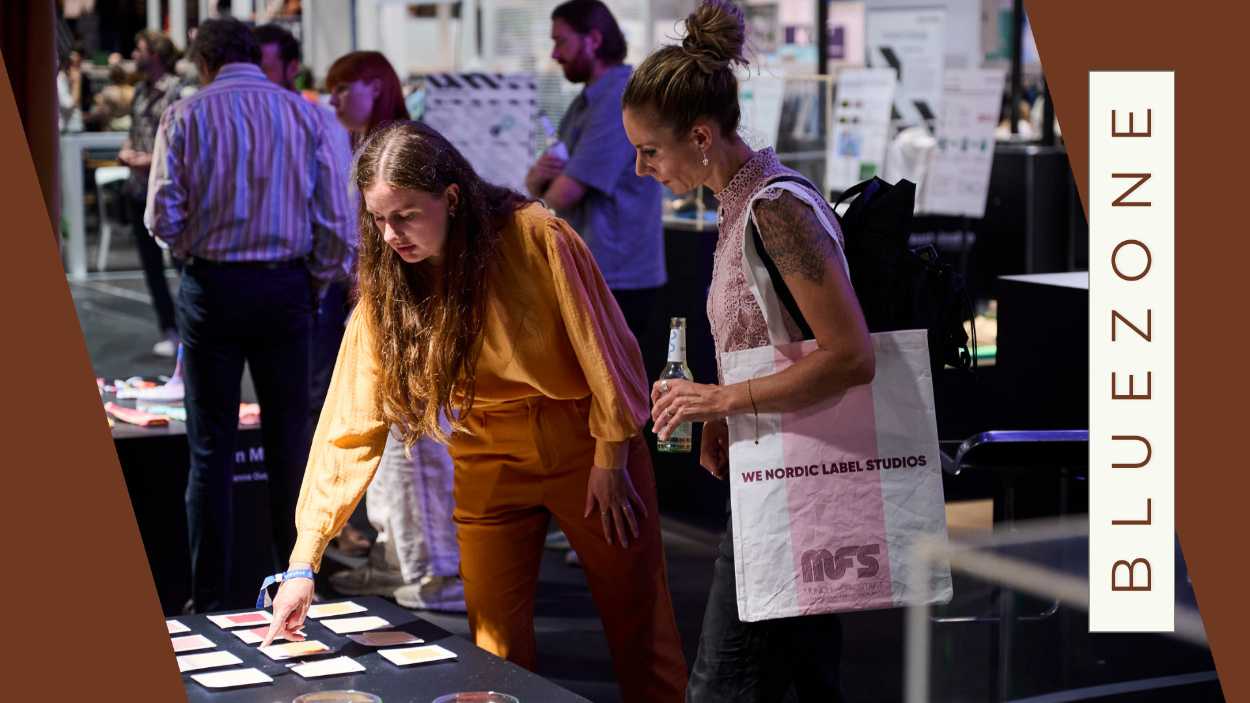
This season will also include a keynote by David Shah called Quantum Fashion – A Philosophy of Design. Although not a science lesson, the talk will discuss duality, uncertainty, multiple states, entanglement and collapses – concepts shared by quantum mechanics.
There will be expert Interviews given by Muchaneta ten Napel of ShapeInnovate with Blathnaid Geoghegan of Pangaia, as well as with LOOPER Textile Co to discuss prolonging the life of unwanted garments. Next, Traci Kinden of TEXroad – a foundation delivers data, insights, and metrics to transform the textile industry – will debunk textile data myths, while Karin Schmitz of creative strategy and trend forecasting consulting agency Peclers Paris will give a trend presentation on what to expect for women’s fashion for Spring/Summer 2026. More keynotes, panel discussions and seminars are updated daily on the MFS website.
Some of the FABRICS exhibitors at MUNICH FABRIC START on site include: Achille Pinto, Akin Tekstil, Almodo, Cervotessile Since 1815, Clerici Tessuto, Davaris Textiles, Dutel Creation, Elyaf Tekstil, Emmetex/Masterloom, Erica + Compagnia Della Seta, Eton Textile, Fitecom, Fortex, Jackytex, Liberty Fabrics, Limonta, Lisa, Lyria, Malhia Kent, Mario Bellucci, Milior, Özdoku, Riopele, Sidogras, SMI, Takisada, Teijin Frontier, Tessuti di Pordenone, Texapel, Viscotex, Weft.
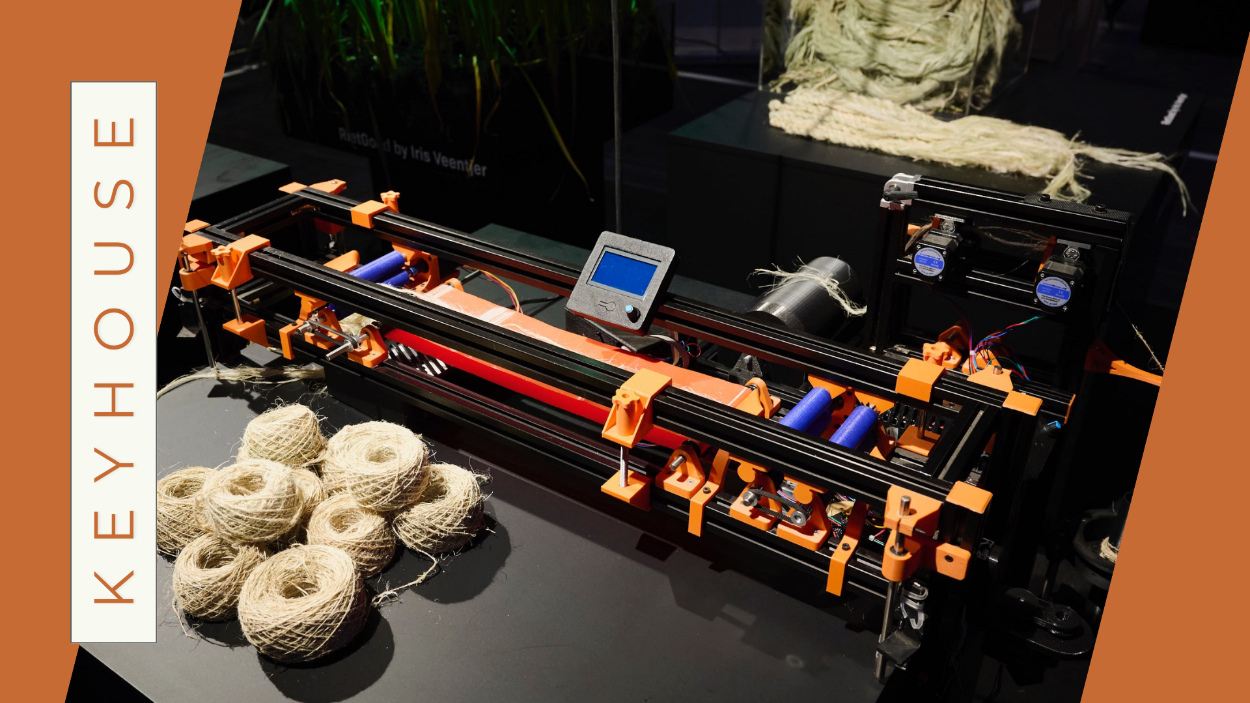
The latest trends and developments for the different sections are presented by various exhibitors. For ADDITIONALS: CADICA GROUP, Escher Textil, Bornemann Etiketten, Checkpoint, Frameless, MAXIM, NILÖRN, Panama Trimmings, Redmark, Studio 9, TRIMCO GROUP, We Nordic Label Studios, and YKK GROUP.
DESIGN STUDOS: Amanda Kelly, Bernini Studio, Boggia Disegni, Bureaux Bo, Circleline Design, Fusion CPH, Le Studio Copenhagen, Leti., Lica Design Studio, and Zisser Textile Design
THE SOURCE: EAST, Lagoon Limited, Ningbo Wollamtex Apparel & Co. Ltd., New Look Fashion, Cotton House, Thai Son Knitwear Factory, Top Trends Lda, Union 3 Fashion, and WFS Cashmere.
BLUEZONE: The Centre of Denim and Innovation
The Denim Trade Show BLUEZONE at MFS gathers around 70 collections in the areas of Denim, Streetwear, and Sportswear in the industrial chic of the immediately adjacent Zenith Hall. The line-up at BLUEZONE consists of international denim mills, weavers, manufacturers and finishers. Under the seasonal motto “The Core”, the BLUEZONE will showcase the fusion of tradition and technology, where the core is the molten centre of denim creativity and innovation. Here, a new energy of sustainability, fabric novelties, industry trends, insight into the evolving denim market and advanced processes that form to shape denim’s next evolution.
Some of the mills on site are: Altero, Atlas, Berto, Bossa, Calik Denim, Denim Authority, Dynamo, ISKO, KT Trims, Monster, Naveena Denim Mills NDM, NDL, Orta, Sharabati, and Tejidos Royo.
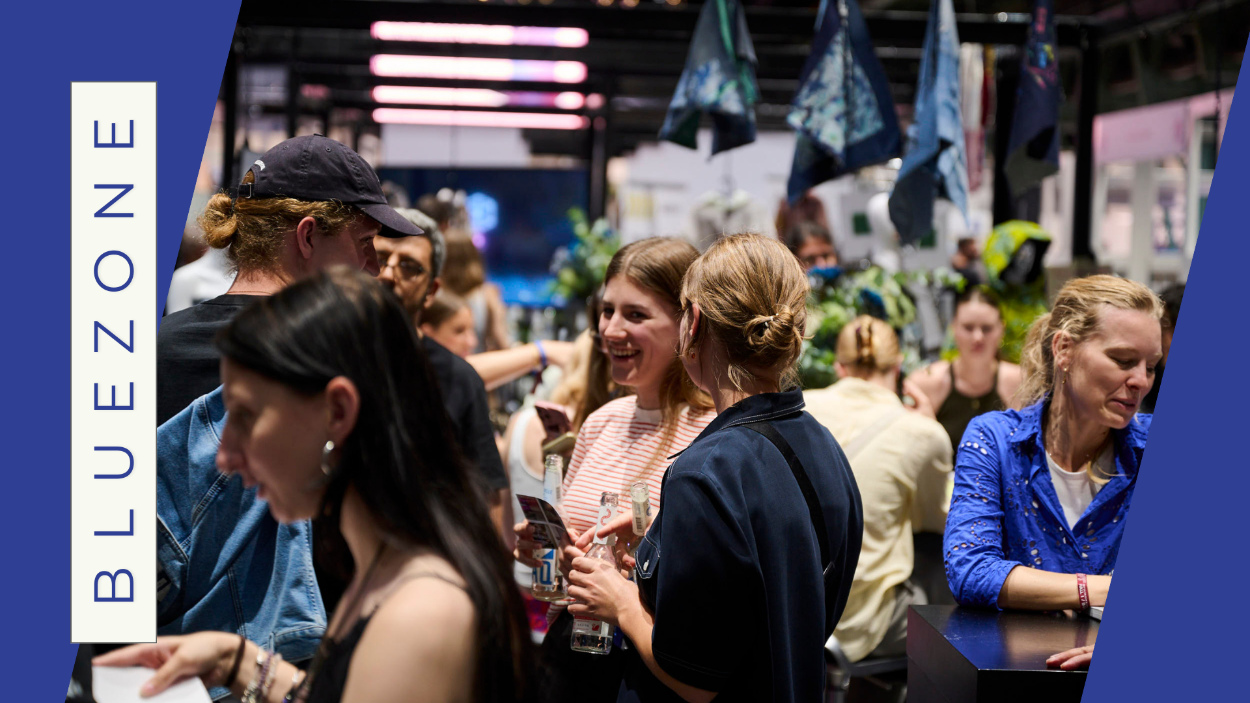
Brother Industrial will be in the limelight and will showcase their innovative printing on garment solutions. This time around, Brother will not only be represented as an exhibitor, but will also support the trade show as a partner with select projects in the fields of sewing and direct textile printing.
These include live demonstrations of the GTXpro direct-to-garment printer where they will be printing bags on-site – demonstrating how their technology delivers stunning, high-quality results with speed and eco-efficiency, empowering businesses to customise their products. There will also be live denim creation with Designer Mohsin Sajid, and masterclasses by ENDRIME® x BROTHER x ISKO X COATS.
Other live highlights will include the HMS Creativity Pod – a space where sustainability meets artistic innovation. Visitors can dive into hands-on denim customization using HMS products like the Designer Pens and the game-changing HMS Moon, along with some more unique tools. Guiding this journey will be Andrea Grossi, an award-winning, visionary designer known for blending art and sustainability. Joining him will be a surprise guest whose identity will be revealed closer to the event. Expect exclusive handmade garments, interactive workshops, and behind-the-scenes videos that inspire and captivate.
KEYHOUSE: Fashion’s “Department of Innovation”
The KEYHOUSE will be integrated into the BLUEZONE again to unite all angles of innovation in the overlapping fields of future-proof materials, production processes and technology under one roof. With the leitmotiv “TECHKNOWLEDGE”, progressive suppliers and global players from cross-industry sectors will present current new developments, innovations and technologies next to the Sustainable Innovations Forum.
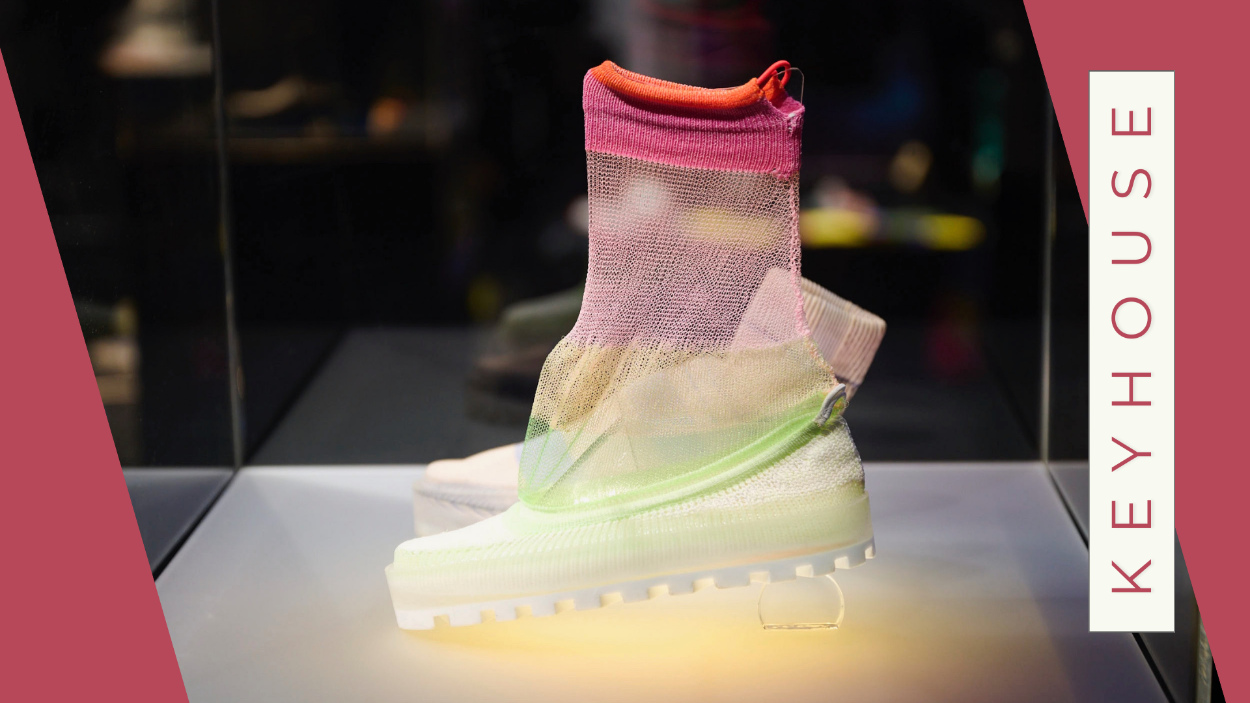
Alternative, sustainable materials
Some of the exhibitors on site are:
- Assyst: the first seamless fashion design end-to-end 3D/2D for brands, suppliers, retail and textile
- BIOTEXFUTURE: innovation space for biobased textile research led by adidas and RWTH Aachen
- CLIMATEX: rethinking textiles, circular to the core with biodegradable materials, a sustainable dyeing process and our circular, dissolvable sewing thread STITCHLOCK
- Datini Fibres: presenting a new era of recycled wool
- Everdye: a greener, faster and energy-efficient dyeing process
- Felde Fibres: producer of elementary textile fibres from bast fibre plants such as hemp, linen, European stinging nettle and many more.
- Impuls: a software development and consulting company that specialises in ERP systems, merchandise management systems, and space management for clothing, textiles, shoes, sports and accessories.
- Livinguard: a technology that turns textiles into a disinfectant, fighting microbes powerfully while being gentle and safe for humans
- Papertale: challenging the status quo of how supply chain data is being gathered and verified
- Re Root Tex: a Pineapple waste innovation that reduces your water use and C02 consumption as the plant is not grown specifically for fibre, you are utilising something that would be usually incinerated or go to landfill.
- Synovance: Biotechnology for a colourful and sustainable world
- TURNS faserkreislauf: fibre-to-fibre recycling
- WKS: sustainable services for the textile supply chain
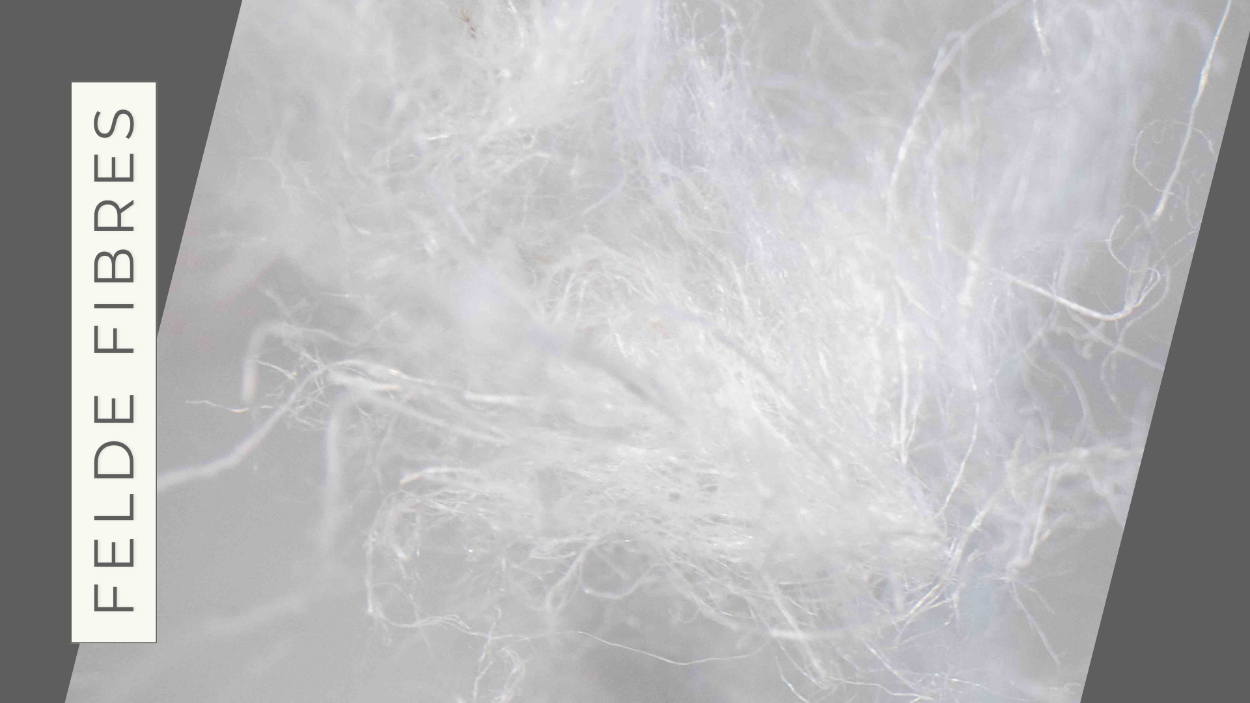
Innovative processes
These companies are some that are working at the coalface of innovation and technology. Their effort demonstrates that a circular approach to fashion is not only possible, but also essential for a sustainable future.
LOOPER TEXTILE Co joins the KEYHOUSE to share their mission to provide sustainable solutions for extending the life of unwanted garments and textiles through reuse and recycling. The company has strong backing being a joint venture between the H&M Group and REMONDIS, a waste management company. In their key role at the upcoming MFS, they will showcase their commitment to a circular textile economy by bringing attention to the fact that the fashion industry produces a staggering 100-150 billion garments annually. Unfortunately, a significant portion of these textiles ends up in landfills, contributing to environmental damage and resource depletion. The problem is compounded by the fact that over 90% of discarded textiles are potentially reusable or recyclable, yet less than 1% are actually recycled into new clothing.
They tackle this issue head-on by implementing a multi-pronged approach. First, the company collects used garments from various sources, including retailers (leftovers, returns, faulty items), post-consumer collections (stores, street collections, charities), and direct consumer drop-offs. The majority of collected garments are suitable for reuse. LOOPER Textile Co meticulously sorts them into over 200 categories to ensure they are distributed to the right channels and given a new life.
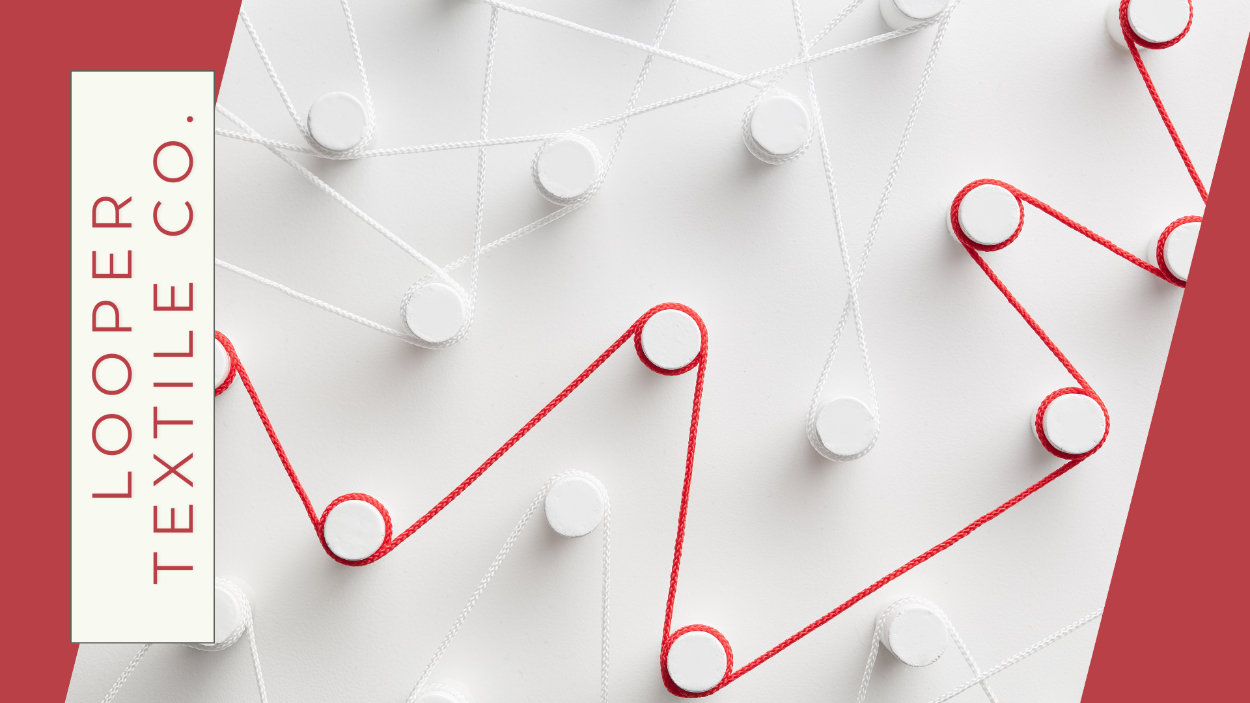
For garments that cannot be reused, Looper Textile Co. has invested in advanced near-infrared (NIR) sorting technology to identify and separate materials for closed-loop recycling, where textile fibres are transformed into new textiles. For materials not suitable for closed-loop recycling, they provide open-loop recycling solutions, such as using them for wiping cloths or insulation. A small percentage of garments are unsuitable for reuse or recycling. In these cases, the company facilitates responsible disposal in established waste facilities, focusing on energy recovery whenever possible. The impact of Looper Textile Co.’s work has a direct correlation to reducing the demand for virgin materials and means minimal environmental impact; creates a system where textiles are continuously reused and recycled, reducing waste and promoting sustainability; and promotes the development of advanced sorting technologies and expanding the possibilities for textile-to-textile recycling.
Next up is FLOCUS™, whose state-of-the-art facility in Indonesia exports the highest quality kapok fibre worldwide – supplying spinners, non-woven manufacturers, and stuffers. While kapok fibre has traditionally been used directly from the pod for stuffing products like mattresses and soft toys, FLOCUS is maximising its potential. They provide a wide range of kapok-based products, including yarns, fabrics, and insulation materials for diverse applications. The company’s kapok fibre is a naturally versatile material for textiles, offering the ability to be spun into the finest yarn counts and blended to create various fabrics and insulation solutions.
Lastly, Ecovative will be on site and will feature an exhibition showcasing their technology as well as products made of their innovative material: AirMycelium™: Ecovative has created a leather-like material using fungi, offering a compelling alternative to animal-derived leather. Grown indoors, this material has lower carbon emissions than traditional leather production, and rivals genuine leather in performance. It exhibits similar levels of stretch, drape, and toughness, making it suitable for a wide range of applications, from high-end handbags to everyday footwear.
The Sustainable Innovations Forum
Since 2016, SUSTAINABLE INNOVATIONS is the platform for exciting, emerging designers who create extraordinary material developments and rethink the textile world. With these insights, fashion businesses can ensure that they are always one step ahead of the market.
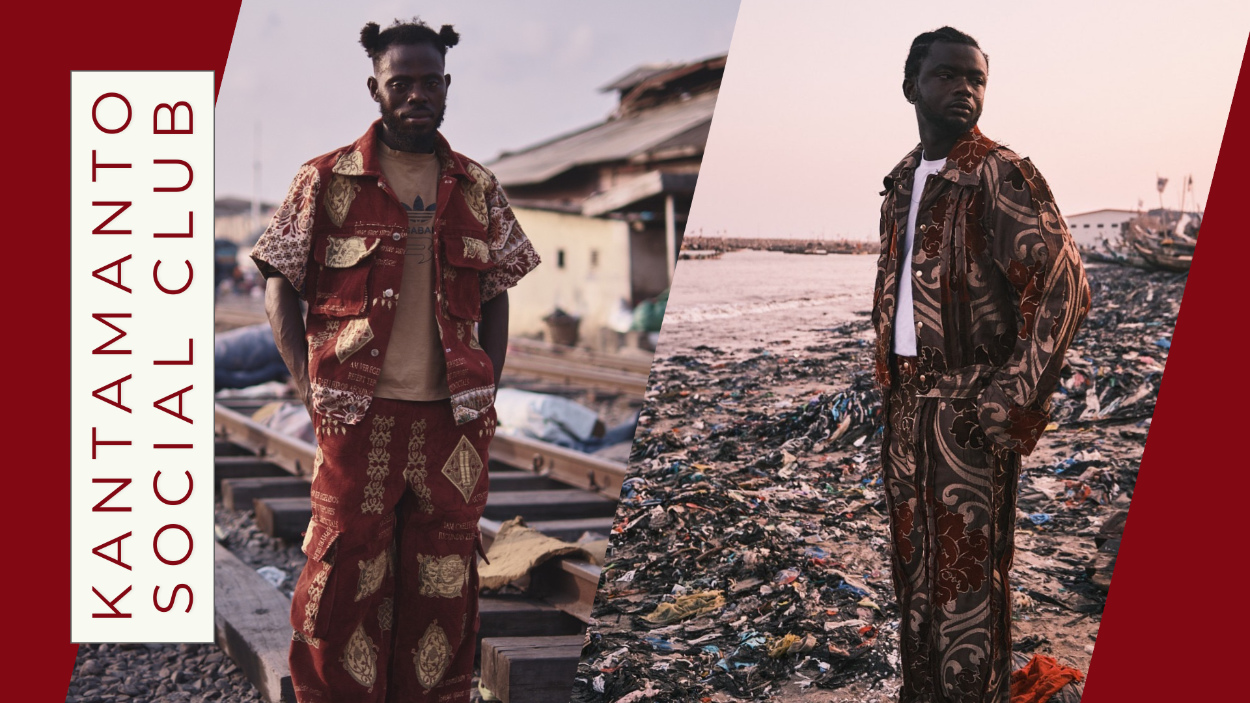
This season’s exhibitors include:
Daan Sonnemans will present Kantamanto Social Club, which shines a light on the creative and sustainable efforts of artisans at Kantamanto Market in Ghana. By transforming discarded textiles from the Global North into high-value fashion pieces, these artisans demonstrate the potential of community-driven circular systems. The project creates bridges between these local changemakers and global audiences through exhibitions, storytelling, and research initiatives. These efforts not only address the environmental and socio-economic issues posed by the secondhand textile industry but also challenge the status quo of global fashion production and consumption.
Shushanik Droshakiryan will showcase Psychedelic Textiles: Luxury Redefined. The idea centres around challenging conventional notions of durability, advocating instead for materials with short life spans. The collection’s exclusive, luxurious pieces are defined by their intricate narratives, craftsmanship, and complete biodegradability. Each material is designed to biodegrade in soil without harming its structure, decomposing fully within 3–6 months. This rapid breakdown stands in stark contrast to synthetic fibres like nylon, which takes 30–40 years to decompose, and polyester, which persists for over 500 years. Beyond decomposing harmlessly, the materials used enrich the soil, enhancing plant growth and root development. Wool, for example, breaks down easily, returning its minerals to the earth while sustaining a continuous biological cycle. These materials are crafted as limited editions, maintaining aesthetic excellence without succumbing to mass production. This is ephemeral couture – a redefinition of luxury and high-end design as a value-driven innovation.
Milou Voorwinden will showcase her work Explorations In 3D Weaving that explores how weaving techniques can transform fabric structures from flat surfaces into three-dimensional objects. By developing 3D weaving methods for products, she aims to create zero-waste, personalised items that can be produced locally and on-demand.
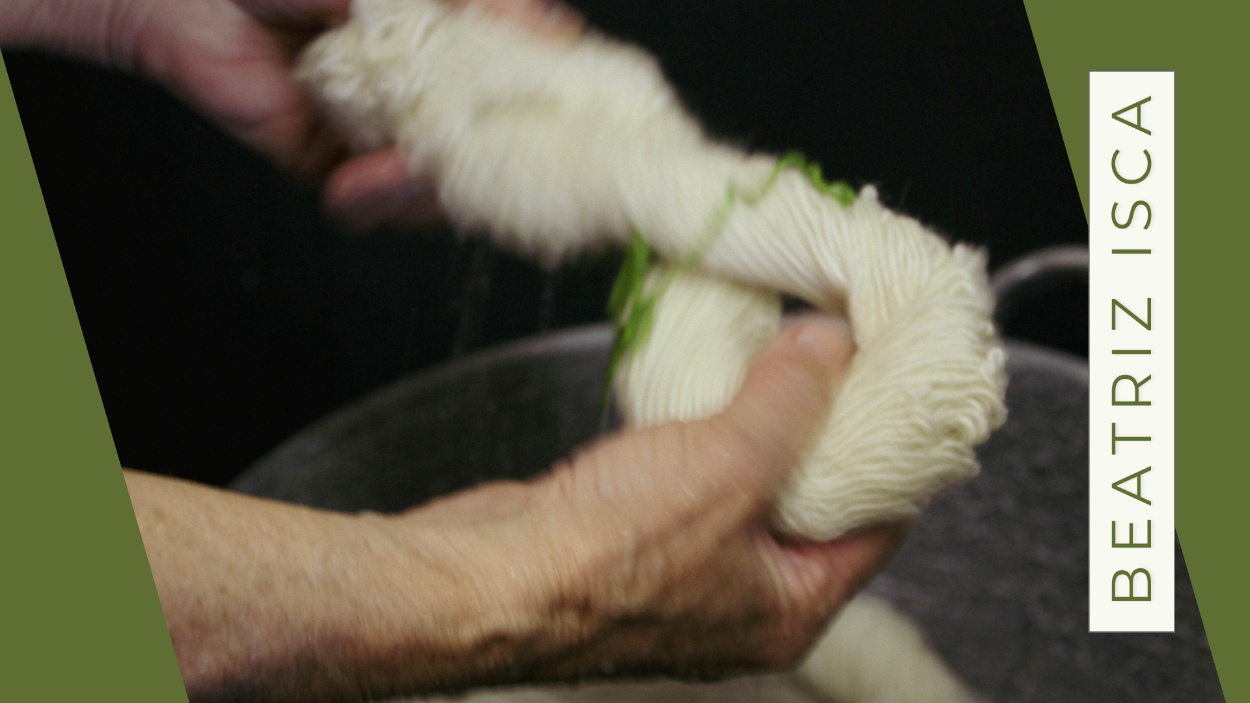
Pollia, HIGHLIGHT, and Uncover are projects from the Studio Nicky Vollebregt collaborative studio that does a lot of research and experiments about different possibilities of machines and design principles. They are pushing the boundaries of the possibilities and borders. By doing so, this leads to different kinds of projects and inspirational perspectives.
Wool Matters by Beatriz Isca will showcase that wool is more than just fibre; it embodies a rich cultural and ecological history. The project explores the interconnectedness of wool, land, and community. Wool, she believes, is a language, speaking to us about tradition, sustainability, and our place within the natural world. The wool industry often exploits animals and the environment. Isca aims to address this by creating local, community-driven wool initiatives. She believes that designers can play a crucial role in promoting sustainable practices, encouraging reflection on our consumption habits, and empowering communities to shape a more just and equitable future.
Afterlife by Oscar Wentz is about the need to “rework and rethink your own trash.” This collection of garments is solely created out of existing clothing pieces. The shape and materiality of these pieces dictate the final designs. Straightforward cuts show that sewing can be approachable and playful, bringing young people back to the craft of sewing. Oscar Wentz takes the lead by offering a selection of pre-made repurposed garments, and also creates step by step instructions on how he makes or changes up the clothes.
Supporting fashion businesses to bloom
As the new year takes root, we remind ourselves that fashion doesn’t come to existence only when the collections are sewn, but much earlier: in the minds of designers, through global trend research and in the collaboration of fashion brands, fashion houses and brands with fabric producers, weavers, and trend experts.
Fabric trade shows are the most concentrated form of this creative exchange. Only there, fashion designers and creators can gain a comprehensive overview of the coming trends – and the possibilities of transforming them into their individual collections – in a short time and in limited space.
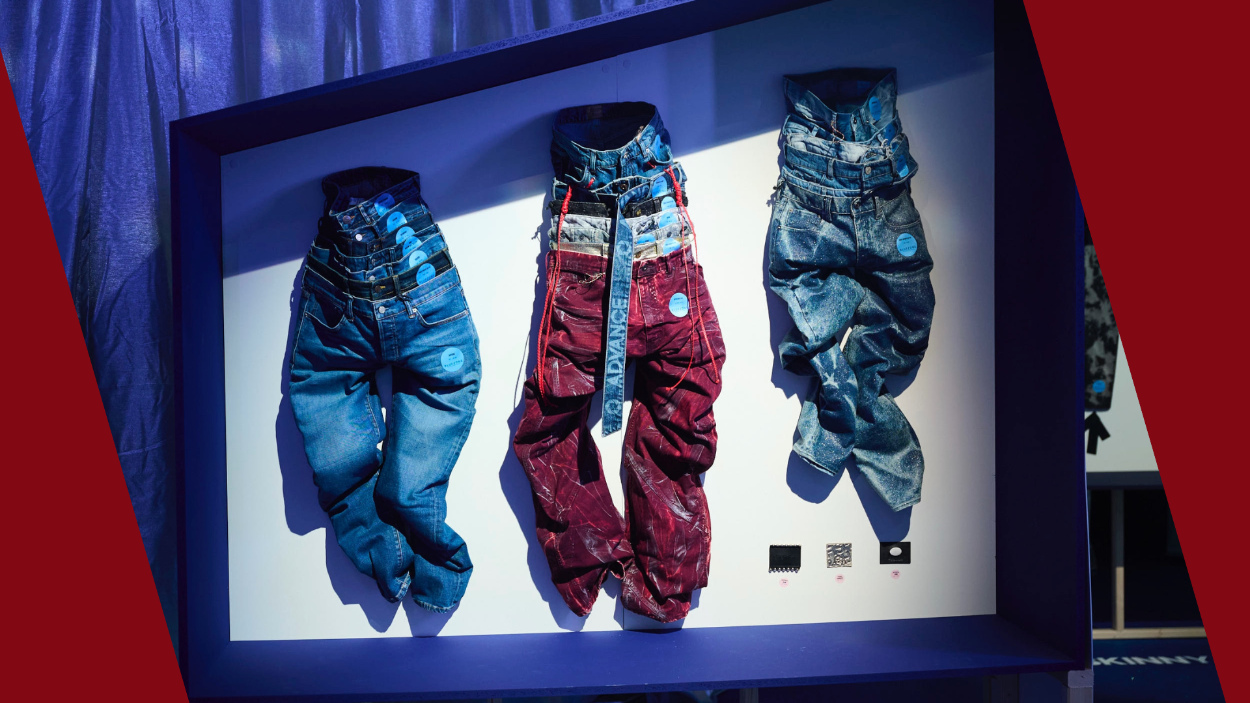
In 2025, MFS will continue to serve as a central European anchor point for the fashion industry, combining creativity and business. The event is sure to create the ideal environment for business with a high-quality, comprehensive exhibitor portfolio and the right scheduling. The ultimate aim is not to set trends, but to reflect the most relevant ones, thereby strengthening the entire value and sourcing chain and supporting the development of the industry.
About our partner: With over 1,000 collections from international suppliers for the fashion and apparel industry, across an area of 5 halls and divided into eight areas, the fabric trade show MUNICH FABRIC START is one of Europe’s leading trade shows. The programme for MUNICH FABRIC START including its in-show concepts of THE SOURCE, BLUEZONE and KEYHOUSE, all within a highly professional working atmosphere. Some 50 speakers will pool their expertise and discuss current developments, changes and challenges in the industry. The event’s programme will once again attract up to 15,000 trade visitors from across the spectrum of management, product management, design, and purchasing to Munich on the 21st and 22nd of January 2025.
